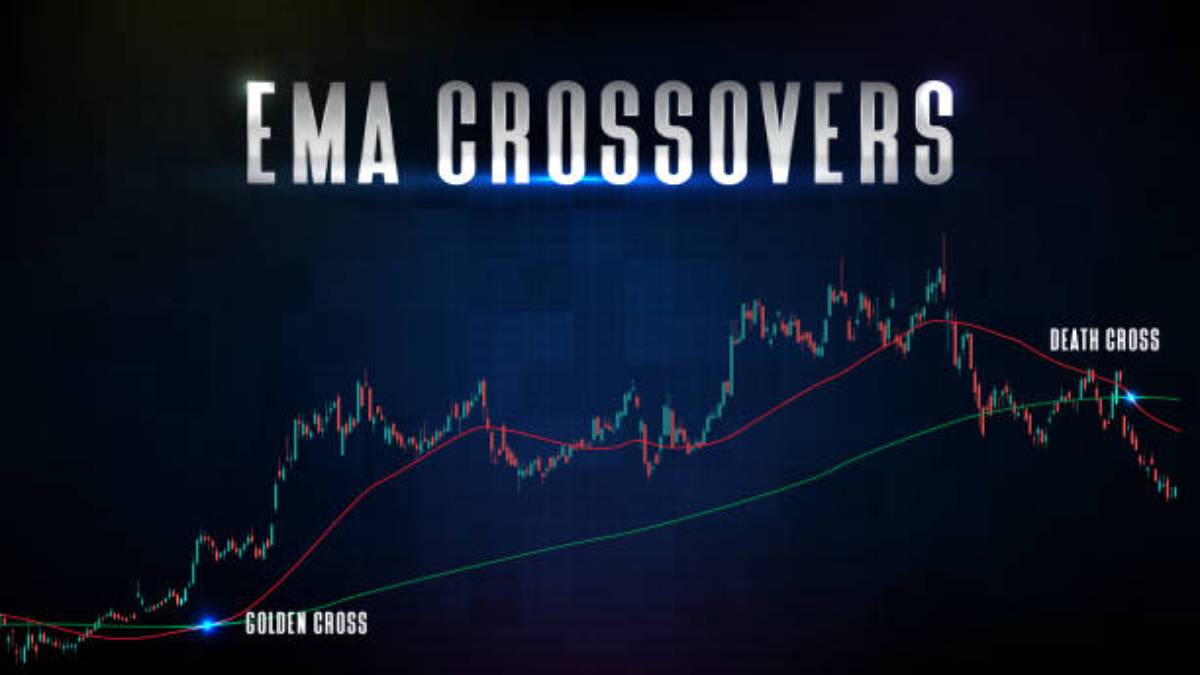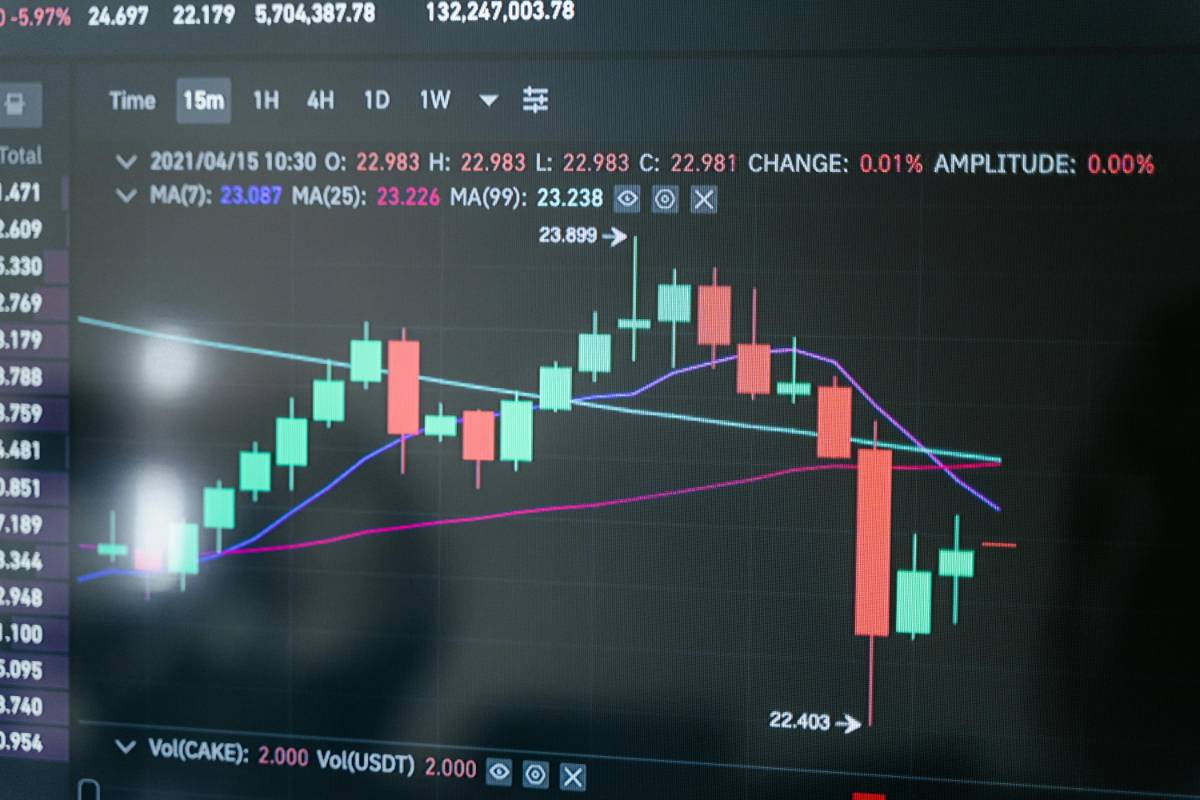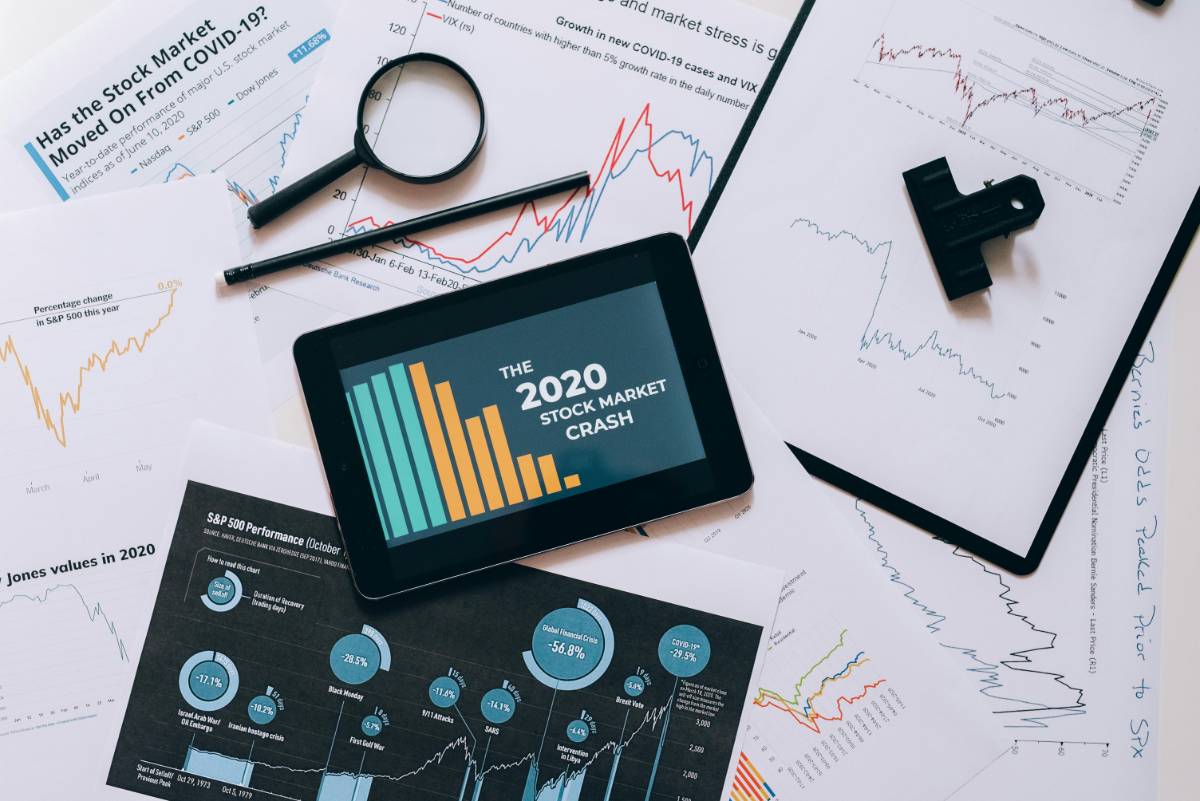
Index Funds vs. Actively Managed Mutual Funds: Pros and Cons
 By Rahul Sharma
By Rahul SharmaInvestors often debate between index funds and actively managed mutual funds. Each has distinct advantages and drawbacks depending on an investor’s financial goals and risk tolerance. Understanding the pros and cons of each can help in making informed investment decisions.
What Are Index Funds?
Index funds are passively managed investments that track a specific market index, such as the S&P 500. They offer broad market exposure and lower fees compared to actively managed funds.
These funds are ideal for long-term investors looking for consistent returns with minimal management costs.
Pros of Index Funds
Index funds generally have lower expense ratios due to passive management. They also tend to outperform most actively managed funds over the long run.
Their diversification reduces risk, making them a preferred choice for conservative investors.
Cons of Index Funds
Since index funds follow a market index, they lack flexibility to react to economic downturns. They also do not provide opportunities for above-market returns.

Investors have no control over the stocks included in the index, limiting strategic adjustments.
What Are Actively Managed Mutual Funds?
Actively managed mutual funds involve professional fund managers making investment decisions to outperform the market. These funds rely on research, analysis, and market timing.
They offer investors a hands-on approach, aiming for higher returns compared to passive funds.
You might also like
1. How Interest Rates Impact ETF and Mutual Fund Performance2. Understanding and Managing Risk in Your Investment Portfolio3. The Basics of Passive Income: How to Make Money Work for You4. Understanding the U.S. Financial System: A Complete GuidePros of Actively Managed Mutual Funds
Experienced fund managers can adjust holdings based on market conditions, potentially outperforming index funds in volatile times.

They provide opportunities for higher returns, especially in niche or specialized sectors.
Cons of Actively Managed Mutual Funds
Higher fees and expense ratios can eat into returns. Many active funds fail to consistently outperform their benchmark index.
Market timing and stock selection strategies add risks that may not always pay off for investors.
Conclusion
Index funds and actively managed mutual funds both have their place in an investment portfolio. Index funds provide low-cost, long-term stability, while actively managed funds offer the potential for higher returns with increased risk. Investors should assess their financial goals, risk tolerance, and time horizon when choosing between the two.
About the author
 By Rahul Sharma
By Rahul SharmaRahul Sharma is a seasoned finance writer with over 8 years of experience helping millennials and Gen Z take control of their money. With a background in economics and a passion for demystifying complex financial concepts, Ananya shares actionable tips on budgeting, investing, and building long-term wealth. Her mission is to make financial literacy accessible, relatable, and empowering — no jargon, just smart money moves.
More like this

Stock Buybacks: How They Influence Share Prices
Stock buybacks have become a common strategy for companies looking to boost share prices and reward investors. Understanding their impact can help investors make informed decisions.

Meme Stocks: Are They Making a Comeback?
Meme stocks took the financial world by storm in recent years, driven by online communities and retail investors. As market conditions shift, many wonder if these stocks are making a comeback.

Dividend Stocks vs. Growth Stocks: Where’s the Best Opportunity?
Investors often face a crucial decision when building their portfolios: Should they invest in dividend stocks for stability or growth stocks for higher returns? Understanding the differences can help in making the right choice based on financial goals and risk tolerance.

How Geopolitical Events Affect U.S. Stock Performance
Geopolitical events have a significant impact on the U.S. stock market, influencing investor sentiment, market volatility, and sector performance. Understanding these effects can help investors navigate uncertainty and make informed decisions.

AI and Automation: The Next Big Disruptors in the Stock Market
Artificial intelligence and automation are transforming industries, and the stock market is no exception. These technologies are reshaping investment strategies, trading mechanisms, and market dynamics at an unprecedented pace.

S&P 500 vs. Nasdaq: Where Should You Invest?
Investors often compare the S&P 500 and the Nasdaq when deciding where to allocate their funds. Understanding the differences between these indices can help you make a strategic investment choice based on your risk tolerance and financial goals.

Why Tech Stocks Are Leading the Market Again
Tech stocks are once again at the forefront of the market, driven by innovation, strong earnings, and investor optimism. As companies in the sector continue to expand their influence, understanding the reasons behind this surge can help investors make informed decisions.

The Impact of Federal Reserve Policies on the Stock Market
Federal Reserve policies play a crucial role in shaping the stock market. Interest rate decisions, quantitative easing, and regulatory measures directly impact investor sentiment and market performance. Understanding these effects can help traders and long-term investors navigate the evolving financial landscape.

Top Performing Stocks on Wall Street This Quarter
The latest quarter on Wall Street has seen significant movements, with some stocks outperforming expectations while others struggled to keep up. Understanding these trends can help investors make informed decisions moving forward.

U.S. Stock Market Outlook: What to Expect in 2025
As we move into 2025, investors are looking for insights into the U.S. stock market's potential trajectory. Market trends, economic policies, and global events will all play crucial roles in shaping investment opportunities.




